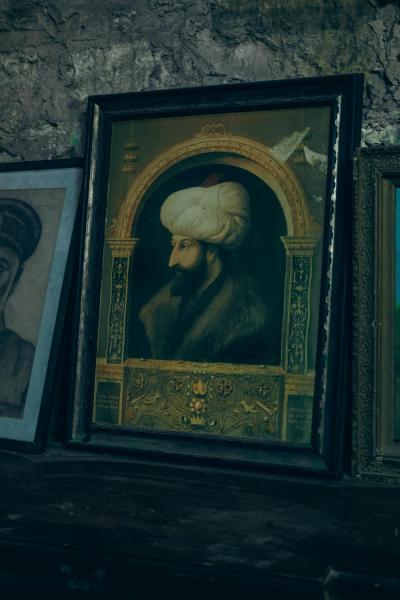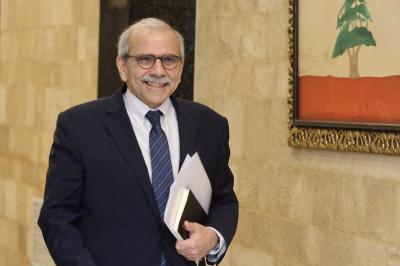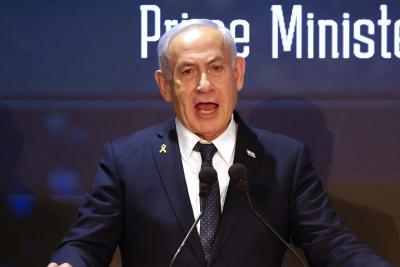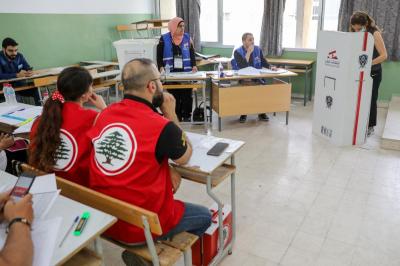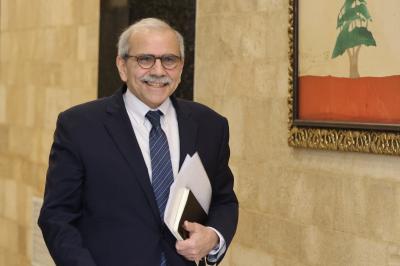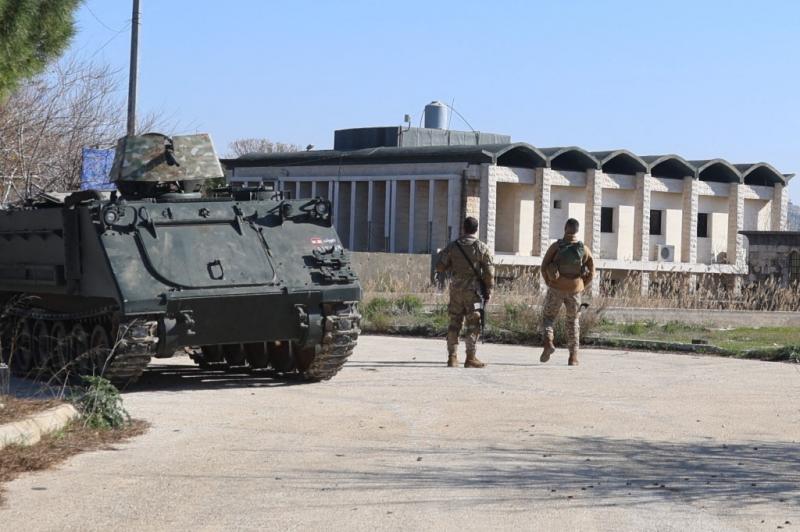Once again, Lebanon is paralyzed by political deadlock, raising a fundamental question: is the crisis rooted in the flaws of the system itself, or in the political elite who claim to safeguard it? The ongoing impasse over forming a new government reflects a deep-seated inability to resolve recurring disputes over representation, ministerial portfolios, and the distribution of power—a pattern that has persisted across successive administrations.
Prime Minister-designate Nawaf Salam, like his predecessors, finds himself caught in the same web of political bargaining. His initial vision was clear: a government of competent individuals, free from partisan influence, with a commitment to keeping ministers from running in parliamentary elections. However, his hopes quickly collided with Lebanon’s entrenched political reality. Sectarian leaders continue to treat the government as a prize to be divided, each demanding their share of influence. Some see the process as an opportunity to settle political scores, while others insist on controlling key ministries to compensate for previous losses.
A Recurring Pattern of External Influence
Lebanon’s government formation process has long been influenced by external actors. During Syria’s presence, cabinets were assembled through direct imposition, often dictated by the Syrian regime under the supervision of Ghazi Kanaan (Former Syrian Minister of Interior). Syrian control extended beyond governance, dictating the country’s political decisions in both military and diplomatic arenas. After Syria’s withdrawal in 2005, Lebanon was expected to chart its course, yet internal divisions persisted, paving the way for new foreign mediators.
In 2008, the Doha Agreement, led by Qatar, sought to break a prolonged political deadlock, though some saw it as an attempt to replace the Taif Agreement. France, too, has repeatedly attempted to play the role of mediator, yet each effort has failed. Saudi Arabia has continued to act as a key external player, attempting to steer Lebanon’s political course. Most recently, the “Quintet” of foreign powers—including the U.S., France, Saudi Arabia, Egypt, and Qatar—has played a role in shaping key decisions, from the presidential election to government formation.
Yet, despite these interventions, Lebanon remains stuck in the same vicious cycle. Sectarian and political leaders continue to manipulate the system to maintain their dominance, disregarding the need for meaningful reform. The classification and distribution of ministerial portfolios, dictated by unwritten sectarian customs rather than constitutional principles, has further entrenched the status quo.
A Constitution Open to Interpretation
One of the core issues fueling Lebanon’s crisis is its constitution, which remains open to conflicting interpretations. The Taif Agreement, originally intended to balance power among Lebanon’s diverse sects, has instead become a source of contention. Every time a government is formed, disputes arise over ministerial distribution, presidential and prime ministerial powers, and the boundaries of a caretaker government’s authority. Each sect interprets the Constitution in a way that serves its interests, leading to repeated political deadlocks.
Even after Syria’s exit, Lebanon’s sovereignty remains compromised, as its leaders continue to seek foreign backing instead of resolving their internal disputes independently. Political figures openly acknowledge external influence, with Lebanese presidents even thanking Saudi Arabia for facilitating the election of a head of state. Today, key players in Beirut are once again turning to regional and international actors for intervention, from Riyadh to Washington, in hopes of breaking the government formation deadlock.
The Cycle of Crisis Continues
As Salam navigates these challenges, he faces the same obstacles that have hindered previous governments. Lebanon’s political elite remains unwilling to embrace change, viewing governance as a mechanism for power consolidation rather than national recovery. Ministries are treated as political spoils, with appointments based on loyalty rather than expertise.
If history is any indication, government formation in Lebanon is unlikely to be resolved swiftly. It once took Prime Minister Tammam Salam 11 months to form a government, which arrived with no real momentum. Today, Nawaf Salam faces a similar fate, with the looming risk that months could pass without a resolution.
The question remains: is Lebanon’s crisis an inevitable consequence of its political structure, or is it the product of leaders unwilling to relinquish their grip on power? If the Taif Agreement itself is the problem, does Lebanon require a "Taif II" or even a "Taif III" to redefine its governance? What is clear is that without structural reform and a shift in political culture, Lebanon will continue to drift from one crisis to another, trapped in an endless loop of sectarian rivalries and foreign dependencies.
 French
French

